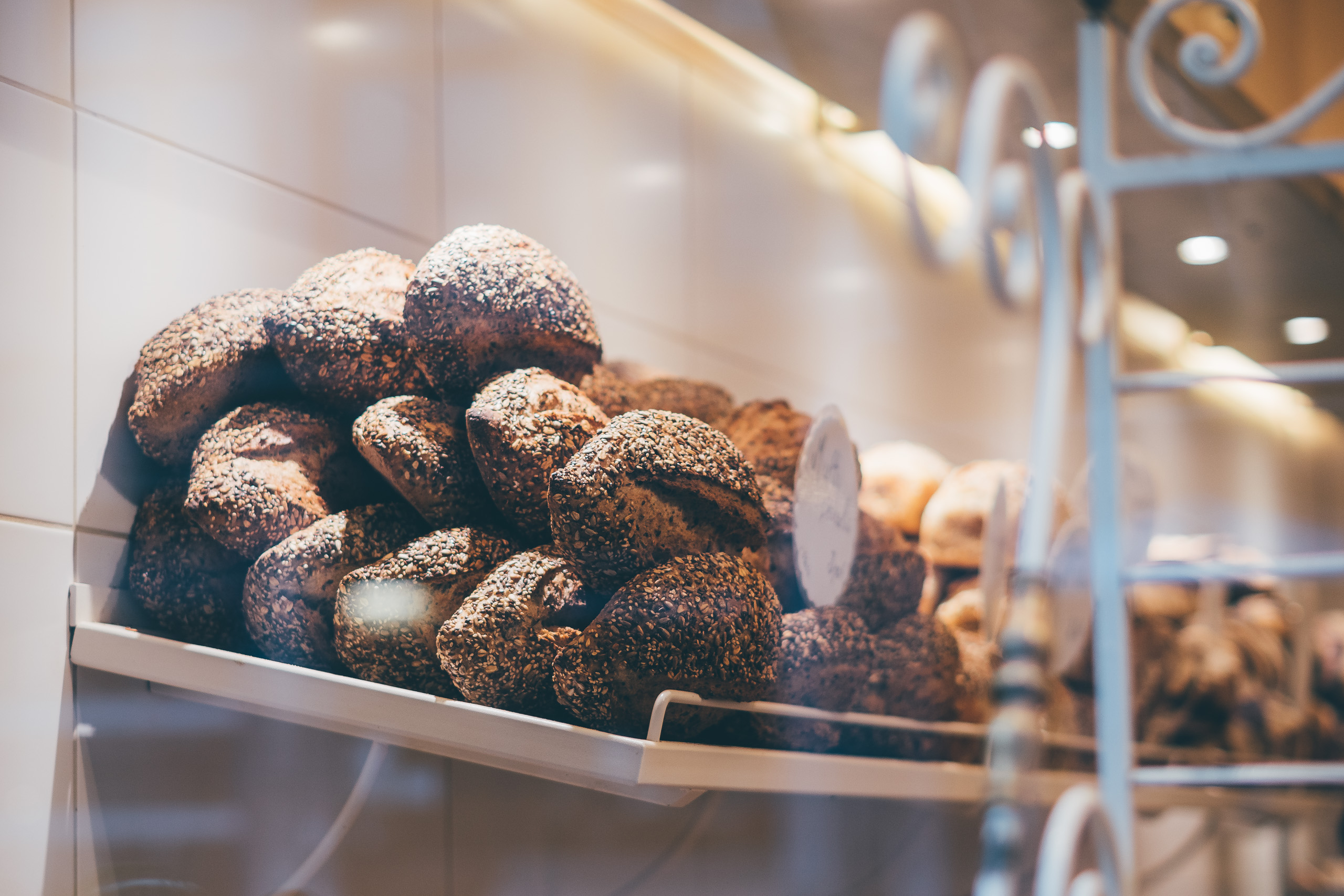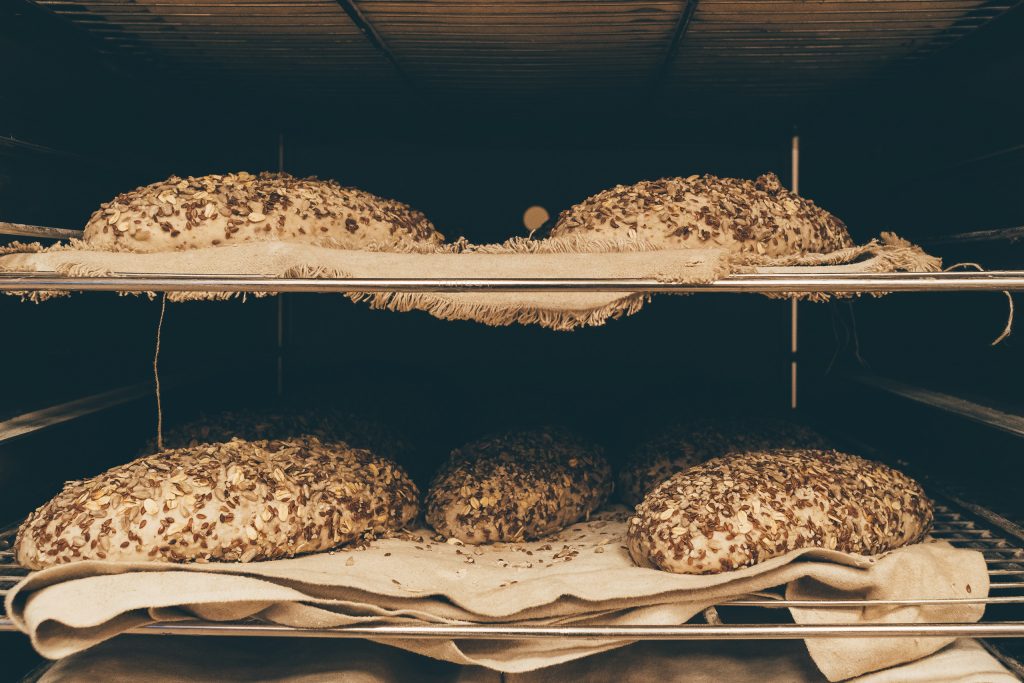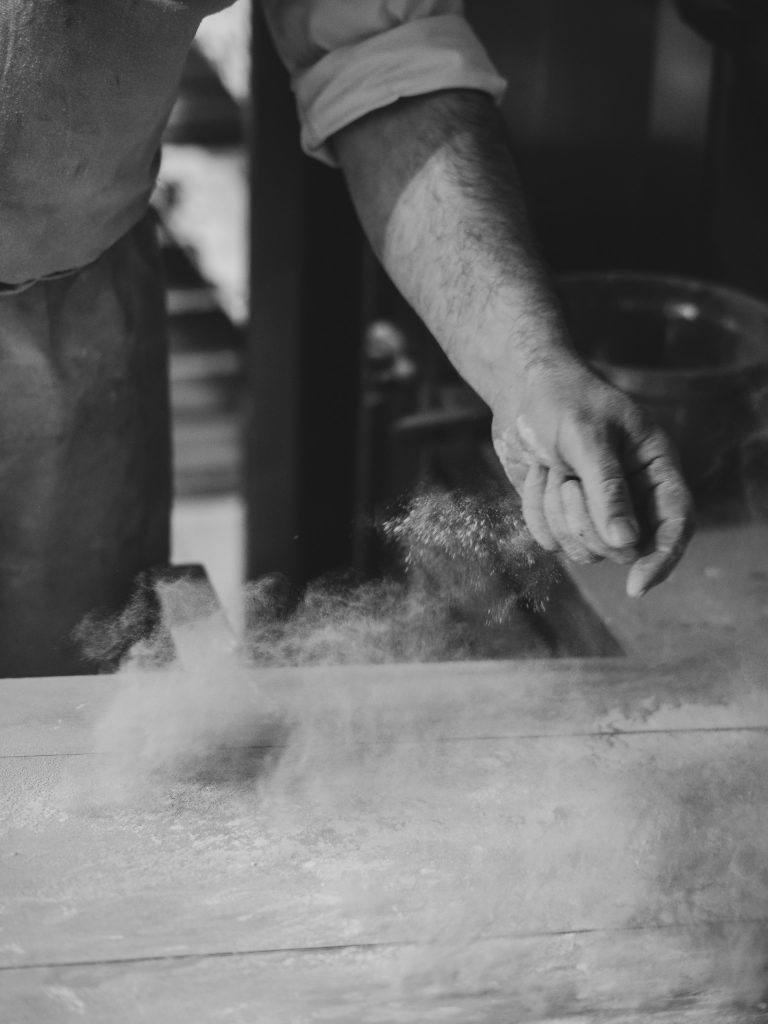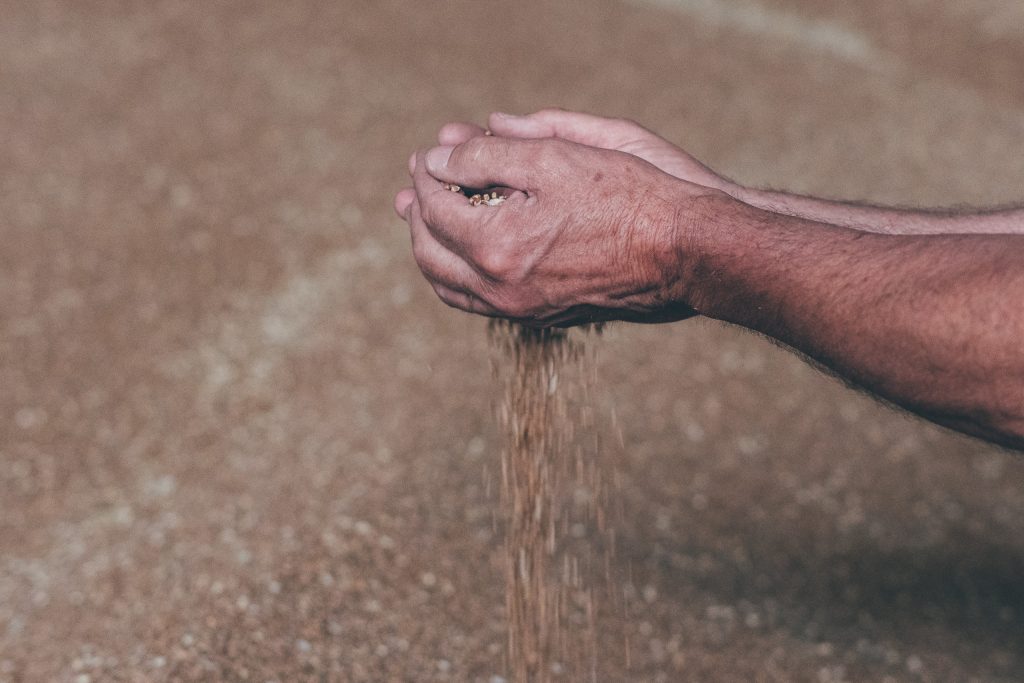
Colourants, preservatives, taste enhancers, emulsifiers… Food additives are everywhere! Read the ingredients on products sold in your supermarket to see for yourself. And are there any in your bread?
Take the first food product packaging you find. Put on your glasses and read the list of ingredients. In tiny letters, next to the familiar ingredients in our cupboards (sugar, salt, eggs, oils…), you will probably see a few mysterious codes appear in the shape of an E followed by 3 digits. Those codes correspond to a European classification of food additives.
Europe defines food additives as “any substance usually not consumed as a food item in itself and not used as a typical ingredient in nutrition”. Those substances find their way to our plates because of their technical or taste properties. Some additives extend the preservation of food items, others simplify production…
What about additives in bread?
It’s not easy to find out for the consumers. Bread bought at the bakery is not pre-packed and therefore not subject to the same labelling requirements as supermarket products for example. There is no list of ingredients on your bread bag.
If you ask your baker, he will probably confirm that his bread consists of flour, water, salt and yeast or sourdough. Nothing else! Odds are that this reply is given in good faith. Actually, to find additives, it is not the bread that should be examined, but rather one of its major ingredients: flour.

All flours are not equal
To produce flour, it is enough to grind wheat in theory. In practice, it is not that simple anymore: the wheat production has considerably evolved in the past few decades. Wheat is traded in the international markets. Flour is almost always the result of a combination of different wheat varieties.

During manufacture and depending on the use it is intended for, wheat can be enhanced with additives. These eradicate possible imperfections in the wheat and facilitate the work of the baker. They make the bread dough easier to work with, the crumb is uniform…
The use of those additives is completely legal and authorised in the European Union. Even so-called “traditional French” bread can contain them without losing that name however.
Working without additives: a conscious choice

At Une Gaufrette Saperlipopette, we have opted for eliminating all additives from our production. That approach is only possible under one condition: the availability of flour that only contains crushed wheat, nothing else.
Our flours are unique: they only originate from wheat grown at a few kilometres from the bakery, at Villers-l’Évêque (Triti-Sano cereals) and are free from any additives, adjuvants or enhancers.
That choice has consequences: every harvest is different. The properties of our flours vary: it is our job to adapt to them. But we are happy and satisfied to take on that challenge every day!
Photos : Karl Delandsheere
